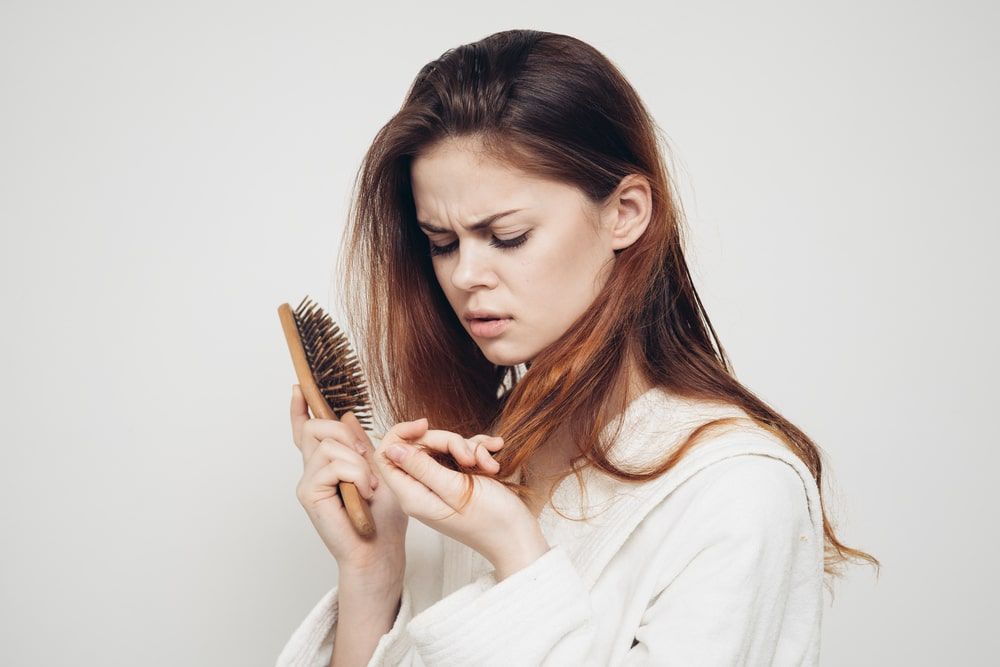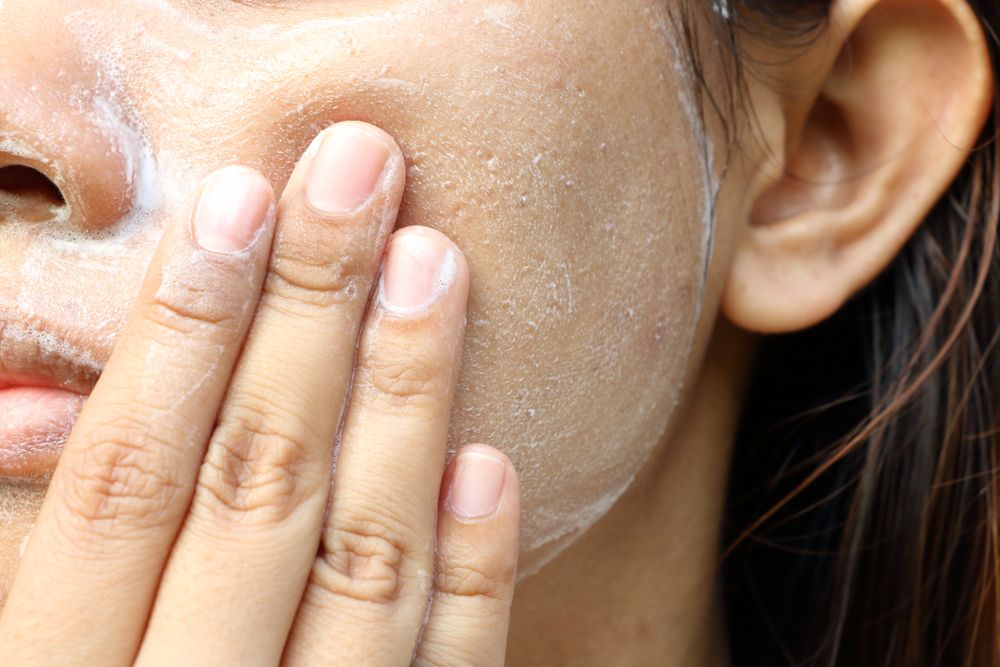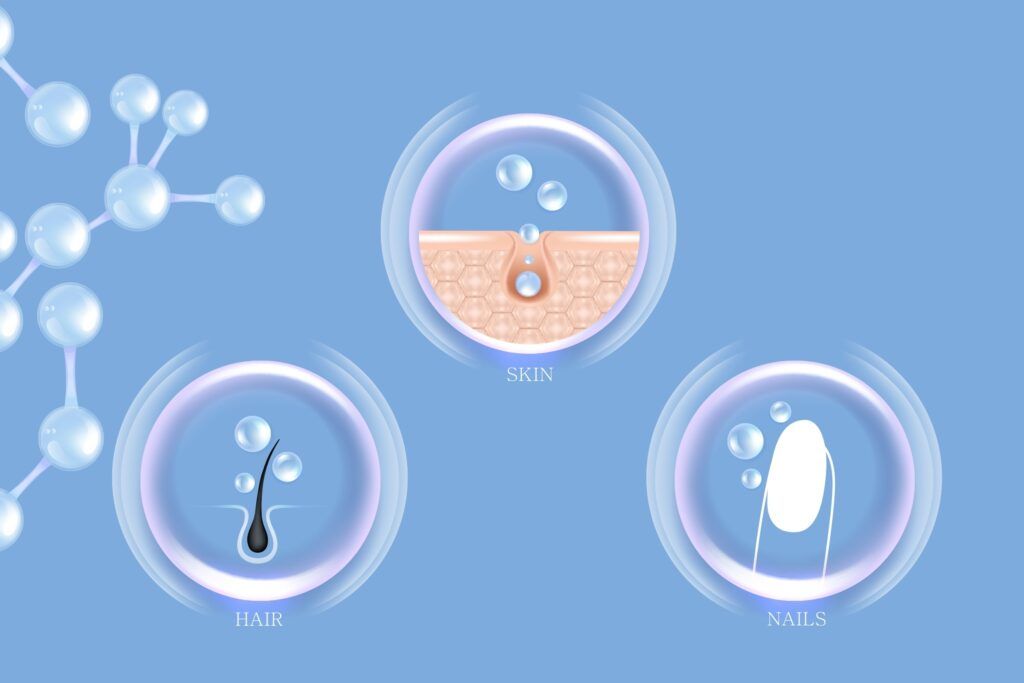The recent, and on-going, COVID-19 outbreak is caused by the SARS-CoV-2 virus. COVID-19 has the potential to cause mild to severe respiratory illness, sometimes leading to death. To prevent the viruses from spreading and mutating into stronger, more-resistant forms, it is important to follow and stay updated with health guidelines. Some precautionary actions include:
- Getting vaccinated
- Wearing face masks
- Social distancing – keeping 6 feet apart
- Washing hands frequently
- Staying home if you have any symptoms
- Avoiding sick people
Such pandemics affect people in numerous ways physically and medically. According to a study published in Nature Medicine, many post-COVID-19 patients reported hair loss as one of their main symptoms to their primary care physicians. Individuals who had a history of COVID-19 were nearly 4 times more likely than individuals who were not infected to experience hair loss.
Causes of hair loss
Hair loss can be caused by various factors ranging from genetics to surrounding stressors. Some common causes of hair loss include:
- Hormonal imbalances
- Nutritional deficiencies
- Excessive scratching or picking at the scalp, which can aggravate follicle damage to increase hair loss
- Medical conditions like scalp psoriasis, which manifests as red, scaly plaques on the scalp
- Dry or inflamed scalp
- Illnesses or viruses like COVID-19, which can disrupt the hair growth cycle to increase hair shedding
Hair growth cycle stages
The human body contains approximately 5 million hair follicles that go through a three-step process:
1. Anagen Stage (growth): The hair grows and pushes through the skin.
2. Catagen Stage: The hair dies.
3. Telogen stage (rest): The hair falls out and regenerates.
Hair follicles are in the growth stage 85 to 90% of the time, which can take two to four years. The resting stage, on the other hand, may only last two to four months. In some cases, the physical and emotional stress caused by COVID can result in what appears to be hair loss. COVID-19 causes hair to shed more than usual, so you’re not losing hair.
COVID-19 and telogen effluvium
With fevers or sickness, like COVID-19, it is normal to see more hair loss than usual. Although it may seem like hair loss, the hair is actually shedding, medically known as telogen effluvium. Telogen effluvium is a generalized hair loss that occurs when the hair growth cycle is disrupted by traumas like surgery, illness, or significant stress. The cycle can also be disrupted by medications, hormonal imbalances, or nutritional deficiencies. When the cycle is disrupted in telogen effluvium patients, more hair follicles are in the rest, telogen, stage than the growth stage. This causes more hair to shed, making it appear as if there is great hair loss. It is studied that 30% – 50% of the hair follicles enter the telogen phase with COVID-19 patients compared to 5% to 10% with normal patients. Patients suffering from this condition may lose up to 1,000 hairs daily, while normal people lose about 100 hairs per day. Telogen effluvium is the most common type of hair loss seen in post-COVID patients, assuming that COVID-19 hair loss is most likely due to the emotional and physical stress.
How does COVID-19 hair loss appear?
A few key factors define telogen effluvium:
- At first, you may notice hair all over your bathroom floor or an abundance in your hairbrush
- After a few weeks, your hair may appear thinner or finer
Telogen effluvium does not usually occur at the same time as the triggering event. With COVID-19, the hair shedding usually appears two to three months later. So, you could be completely recovered from your COVID-19 infection, feeling completely normal, and start noticing more hair loss a few months later.
How long does hair loss last after COVID-19?
Telogen effluvium, whether caused by COVID-19 or another factor, is usually temporary. Shedding can occur for three to six months before stopping. According to the American Academy of Dermatology, your hair will likely regain normal fullness within six to nine months of telogen effluvium. However, every individual is unique, so for some people it can take even longer—up to two years—for the hair to return to its pre-shed state. If your shedding continues for more than six months, consult a dermatologist as early as possible. If you don’t see a dermatologist regularly, consult your primary care physician, who can refer you to an expert in your area.
How to prevent hair loss following COVID-19?
Maintaining healthy hair habits is critical. You want to make sure you’re doing everything possible to avoid losing any more hair.
This includes:
- Avoiding heat styling, or using the lowest temperature whenever possible
- Avoiding tight hairstyles that put tension on the hair
- Limiting intense chemical exposure to the hair, like highlighting
You should also get tested for nutrient deficiencies to make sure they aren’t exacerbating the situation. Deficits in vitamin D and iron are common in patients experiencing hair loss. Speak with your provider about how you can incorporate necessary nutrients into your diet and/or whether you should try a supplement.
Stress reduction may also be beneficial. When dealing with COVID-related hair loss, stress relief exercises such as deep breathing or yoga can help reduce the amount of stressors affecting the hair follicles, and yourself.
Do COVID-19 vaccines cause hair loss?
There is no evidence that the COVID vaccines cause hair shedding. There is currently no direct data connection between the two.
Complementary hair regrowth strategies in post-COVID-19 telogen effluvium:
1. Psychological Support And Education For Patients:
Emotional distress is well known to be an initiating trigger for hair shedding. As a result, empathizing with and supporting the patient’s anxiety and psychological stress is an important part of patient management. Since the outbreak of this worldwide pandemic, many other COVID-19-related stressors, such as social isolation, job-related changes, or financial stresses have been linked to increased hair loss. A comprehensive approach that incorporates stress-coping strategies into the care of these patients could be especially beneficial.
2. Nutrafol:
Many supplements, like Nutrafol, are clinically proven to show hair growth. Nutrafol is a hair growth supplement that is drug-free, meaning it is made with natural ingredients. It is clinically proven to target the root cause of the thinning hair and improve hair growth. The supplements are easily accessible online or at your nearby dermatology office. The important habit is to take supplements on a daily basis to continue healthy hair growth.
3. Nutrition:
Hair follicles and growth cycles are sensitive to the amount of nutrients they receive, so maintaining and monitoring your nutritional levels on a regular basis can help minimize the hair loss consequences after COVID-19 infection. As one of the common symptoms of COVID-19 is anosmia, or the loss of smell, many patients experience a lack of appetite. This can lead to less food intake, causing malnutrition for many patients.
Thus, eating healthy foods should be a top priority to maintain optimal nutritional levels and a healthy immune system, reducing susceptibility to long-term COVID-19 sequels. Improved nutrition containing micronutrients such as vitamins (A, B complex, C, D, and E) and minerals (iron, zinc) is known to have the potential to boost the immune system.
4. Minoxidil Topical:
Minoxidil is an antihypertensive agent that promotes and increases blood circulation in the hair follicle through its vasodilation properties. It is available over the counter, without a prescription, or can be prescribed by your dermatologist. You squeeze a few drops of the minoxidil solution onto the scalp directly and rub it in gently. Many patients experiencing hair loss find that minoxidil-containing products improved their hair growth significantly. Minoxidil has been shown to improve hair growth even better in combination with other hair loss medications or supplements.
5. Platelet-Rich Plasma Therapy (PRP)
PRP therapy is another treatment option that aids in accelerating the body’s natural healing and rejuvenation processes. It uses your own body’s healing cells (platelets) and growth factors, found in your blood plasma, to encourage hair regrowth. After drawing a sample of your blood, it is centrifuged to separate the plasma from other components. The plasma, or the gold serum, is the most valuable and usable part as it is highly concentrated with platelets and growth factors. This separated plasma is infused into the scalp, strengthening the hair follicles directly and stimulating new hair growth. This therapy is usually done on a monthly-basis.
6. Oral Medications
There are two prescription medications that are highly recommended to treat hair loss. Finasteride is a medication pill prescribed for males, and spironolactone is prescribed for females. Both pills are consumed on a daily basis, making it easy to remember to take everyday. Many patients see a significant reduction in hair loss after a few months of taking the medications. Consult your doctor on these prescription medications to ensure it is right for you.
7. Kenalog Injections
For alopecia areata, or hair loss that occurs when the body’s immune system attacks its own hair follicles, kenalog injections have shown to improve its symptoms. Kenalog injections are intralesional steroid injections that are widely used to treat multiple conditions. It has been studied that steroid injections counteract to stop the immune system from attacking its own hair follicles. It is injected directly into the affected areas and is done in-office every 4-6 weeks, depending on the hair’s progress and scalp health. The injections can be done in the scalp, eyebrows, and the beard as well.
Contact Borealis Dermatology to schedule an appointment with our providers if you are concerned about or experiencing hair loss after COVID-19. Borealis Dermatology offers two convenient locations to provide various treatments for our patients in the Queens and Long Island areas. You can experience the highest medical and aesthetic expertise available through our treatment options by visiting our clinic.
References:
- Bmj. Long covid: Hair loss and sexual dysfunction are among wider symptoms, study finds. Retrieved from www.bmj.com: https://www.bmj.com/content/378/bmj.o1887
- Integrisok. Hair Loss After Covid: Should You Be Concerned? Retrieved from www.integrisok.com: https://integrisok.com/resources/on-your-health/2022/august/hair-loss-after-covid#:~:text=Telogen%20effluvium%20and%20COVID&text=The%20stressors%20created%
- Popescu. Complementary Strategies to Promote Hair Regrowth in Post-COVID-19 Telogen Effluvium. Retrieved from www.dovepress.com: https://www.dovepress.com/complementary-strategies-to-promote-hair-regrowth-in-post-covid-19-tel-peer-reviewed-fulltext-article-CCID
- Shahram. Prevalence of telogen effluvium hair loss in COVID-19 patients and its relationship with disease severity. Retrieved from www.ncbi.nlm.nih.go.com: https://www.ncbi.nlm.nih.gov/pmc/articles/PMC9262270/
- Who. Post COVID-19 condition. Retrieved from www.who.int.com: https://www.who.int/emergencies/diseases/novel-coronavirus-2019/media-resources/science-in-5/episode-47—post-covid-19-condition?gclid=CjwKCAjwkaSaBhA4EiwALB
- Steroid Injections For Hair Loss https://www.midlandskin.co.uk/conditions/steroid-injection-hair-loss/






